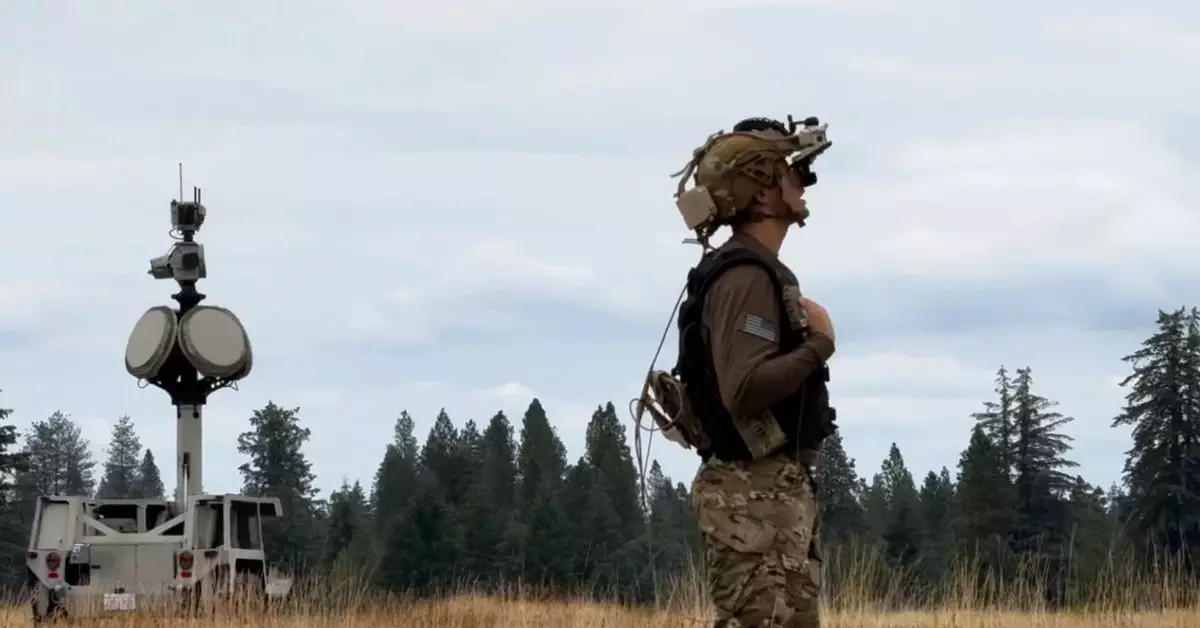The intersection of technology and defense has never been more pronounced than in the ongoing collaboration between Anduril Industries, a military tech enterprise founded by Palmer Luckey, and Microsoft. This partnership seeks to infuse cutting-edge mixed reality into the United States Army’s operations, specifically through the Integrated Visual Augmentation System (IVAS). By integrating Anduril’s Lattice software into the IVAS platform, this initiative aims to arm soldiers with real-time data, making them more situationally aware and responsive on the battlefield.
Palmer Luckey’s Return to the VR Arena
Palmer Luckey, renowned for establishing Oculus VR before selling it to Meta for a staggering $2 billion in 2014, has undoubtedly made a significant comeback with Anduril. Founded in 2017, the company has been focused on shaping advanced technological solutions to bolster national defense. The addition of Lattice software to IVAS signifies not just a continuation of Luckey’s work in virtual and augmented reality, but a drive toward enhancing tactical advantages for soldiers by leveraging innovative technology.
The Lattice software’s integration is not merely a superficial upgrade. This advanced system provides soldiers with crucial updates about potential threats detected by drones, ground vehicles, and aerial defense units. Imagine a soldier receiving alerts about incoming hazards beyond the immediate line of sight, all through their augmented reality headset. Such innovations could redefine how warfare is conducted, as it promises to offer troops heightened awareness akin to the fictional capabilities depicted in works like Robert Heinlein’s “Starship Troopers.”
While the promise of augmented reality is staggering, the initial iterations of the IVAS have faced hurdles, including reports of discomfort among users, such as headaches and eyestrain. Microsoft has taken these concerns into account, revising the headset’s design following feedback from testing. With plans for further refinements to take place in 2025, there is an ongoing commitment to ensure that technological advancements do not compromise user experience.
The U.S. Army’s extensive commitment of up to $21.9 billion over the next decade towards the IVAS project encapsulates a broader vision of modern combat. This hefty investment highlights the military’s recognition of technology as a force multiplier, providing soldiers with capabilities previously relegated to science fiction. As advancements continue, the hope is that such technologies will not only enhance operational effectiveness but also transform how missions are planned and executed.
The collaboration between Anduril and Microsoft embodies a pivotal shift in military capabilities. As augmented reality technologies evolve, soldiers could soon possess an unprecedented level of situational awareness, giving them significant advantages on the battlefield. While there are challenges to address, the future of military operations is poised to be revolutionized, offering a blend of physical and digital environments that will enhance the soldier’s experience and effectiveness in combat. The journey toward this future will undoubtedly be closely monitored by both the tech and defense sectors alike.


Leave a Reply
You must be logged in to post a comment.